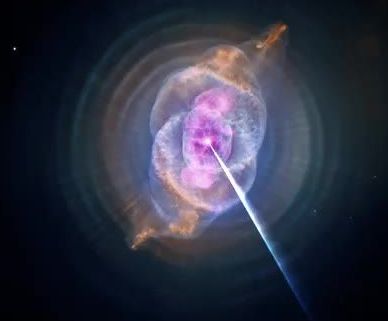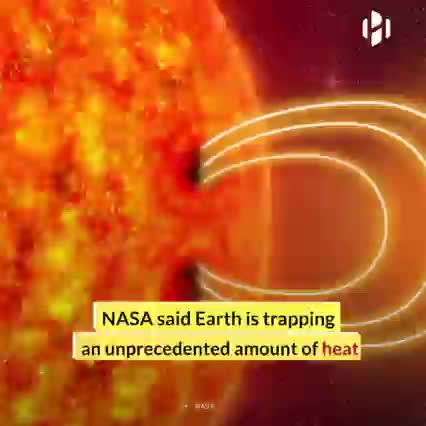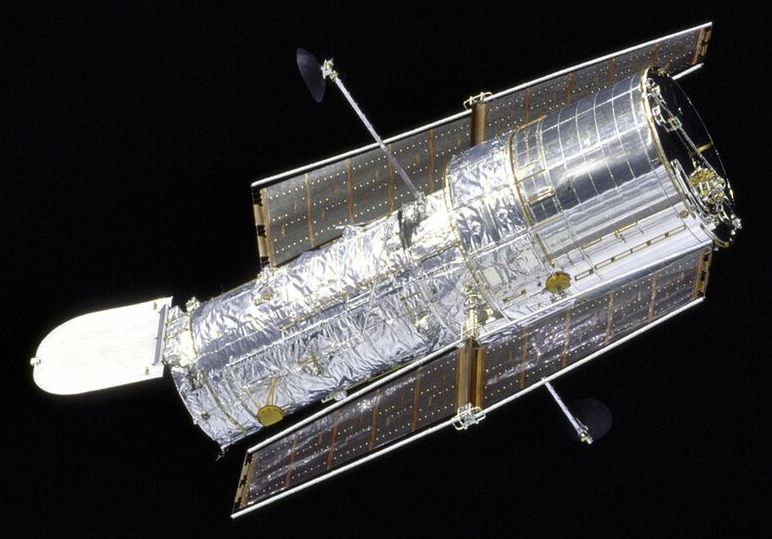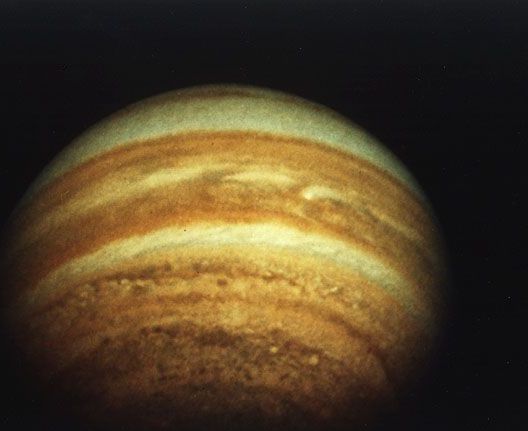
Category: space – Page 653





For World Music Day, let’s take a listen to the Cat’s Eye Nebula, featuring data from the Hubble Space Telescope and Chandra X-ray Observatory
The radar-like scan moves clockwise emanating from the center point to produce pitch. Light that is further from the center is heard as higher pitches while brighter light is louder. The X-rays are represented by a harsher sound, while the visible-light data sound smoother.
Credit: NASA/CXC/SAO/K.Arcand, SYSTEM Sounds.


Mural raises $50M Series C after tripling its ARR in the last year
This morning Mural, a startup that builds digital collaboration software with a focus on visual presentation, announced that it has closed a $50 million Series C. The new capital, co-led by prior investors Insight Partners and Tiger Global, values the startup at more than $2 billion.
Previously, Mural was valued at around $500 million when it closed a $118 million round last August. Mural also raised a $23 million Series A at the start of 2020.
Mural’s product focuses around a visual collaboration space, akin to a digital whiteboard. Given its product focus, it’s not hard to see why the startup had a good COVID cycle; the world’s companies moved to remote work en masse, leaving offices empty and physical whiteboards un-scribbled. Services like Mural helped fill that, and similar voids. TechCrunch caught up with Mural CEO Mariano Suarez-Battan and Insight managing director Nikhil Sachdev to learn more about deal mechanics.


Russia unveils new ‘Checkmate’ fighter jet
The company’s head, Slyusar, also touted the aircraft’s features on Russian state TV, describing the planes as “unique in their class” and adding that they have “a combat radius of 1500 kilometers, the largest thrust-to-weight ratio, shortened takeoff and landing, more than seven tons of combat load, which is an absolute record for aircraft of this class.”
Russian President Vladimir Putin got a sneak peek of a new fifth-generation lightweight single-engine fighter jet at an air show just outside of Moscow on Tuesday.
Russian aircraft makers unveiled a prototype of the stealth fighter dubbed “Checkmate” for the 68-year-old leader at the MAKS-2021 International Aviation and Space Salon in Zhukovsky, ahead of its official unveiling later in the day, according to a statement from Rostec, the state-owned military giant which is responsible for exporting Russian technology.
The head of Rostec, Sergey Chemezov, and the general director of United Aircraft Corporation (UAC), Yury Slyusar, presented the warplane to Putin at the exhibition pavilion of the Sukhoi company.
